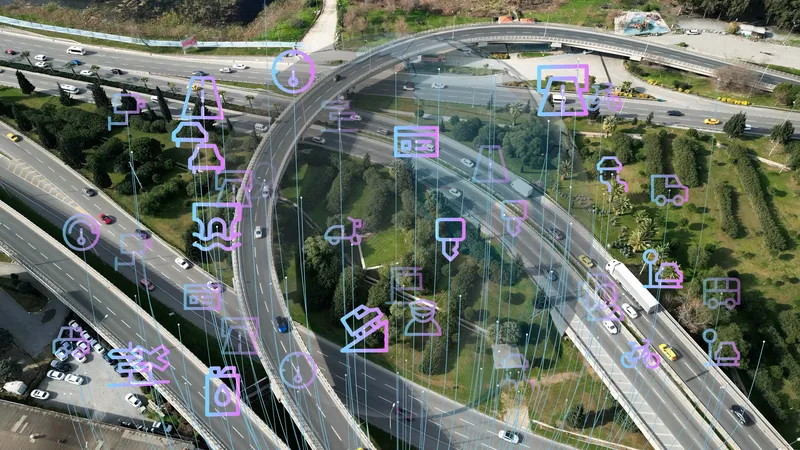
Kapsch TrafficCom said it fully supports Germany’s recently-adopted national strategy for autonomous and connected driving.
Part of the strategy is to advance the European Union-wide and international harmonisation of standards for autonomous and connected driving. Particular emphasis is placed on the further development of communication standards and applications for use in emergency situations. Kapsch said that the widespread introduction of such systems will significantly increase the acceptance and use of autonomous systems while also reducing environmental pollution.
Germany’s strategy paves the way for autonomous and connected driving and to benefit from the enormous opportunities these advancements offer, said Kapsch. C-ITS - cooperative intelligent transport systems - will play a crucial role in this, as the key enabler for connecting vehicles and infrastructure.
Kapsch TrafficCom has been developing this technology for many years and is also involved in the creation and further development of harmonised standards. The company’s technology is currently deployed on German motorways for construction site warnings.
C-ITS technology can also be used to analyse and manage traffic flows in real time. This enables emergency vehicles to automatically influence traffic light sequences, or to issue accident or congestion warnings directly to vehicles.
Germany’s newly-adopted strategy places particular focus on public transport, which serves as a driver of innovation for autonomous systems. In this case, better networking can help to increase the efficiency of the transport network and boost the attractiveness of public transport. Kapsch said that it takes only a few equipped vehicles to significantly improve the overall traffic situation.









